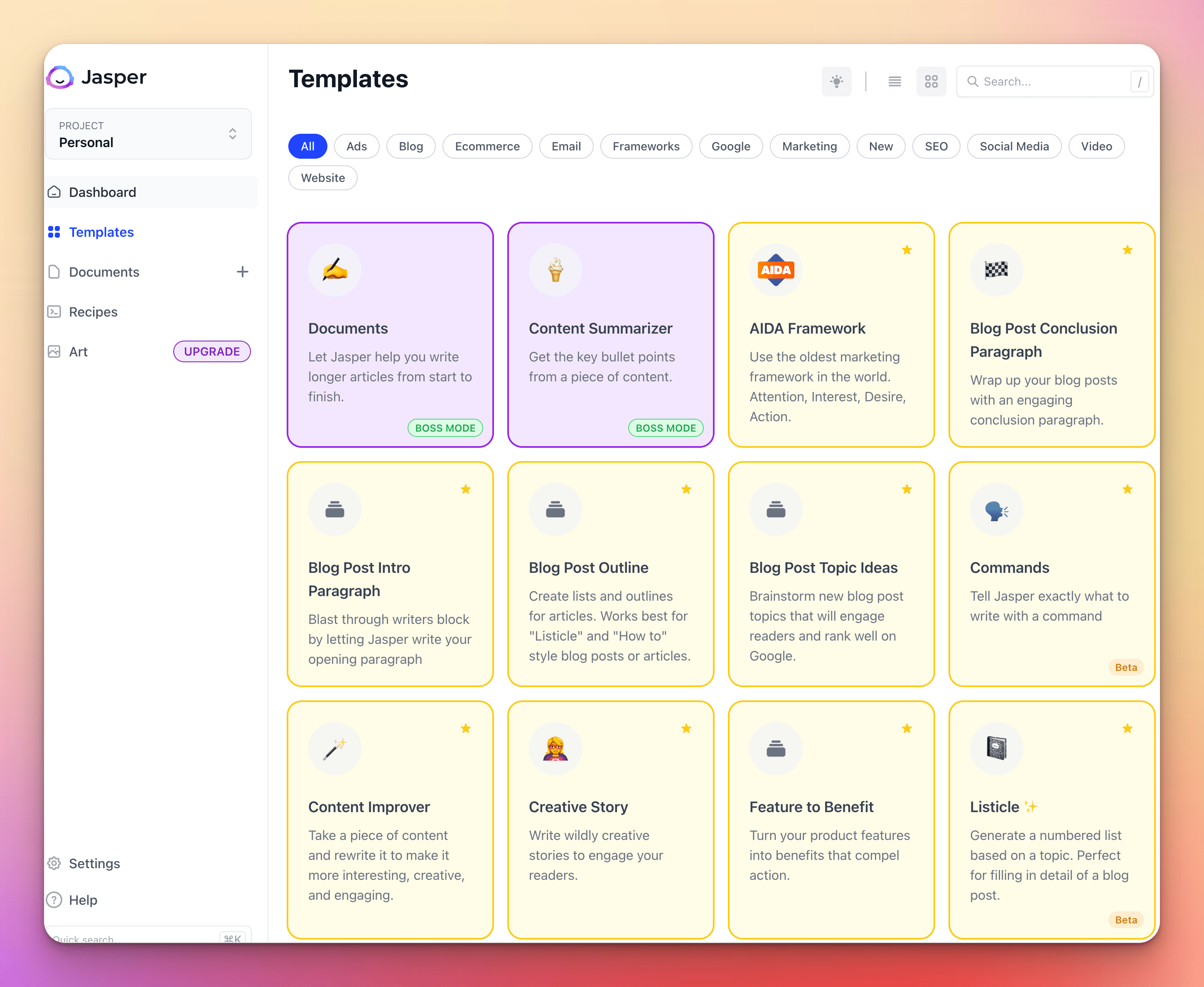Big data plays a crucial role in enhancing your business intelligence by providing valuable insights for informed decision-making. It helps you analyze vast amounts of diverse data quickly, improving operational efficiency and enabling targeted marketing. By integrating structured and unstructured data, you can anticipate market trends and customer needs more effectively. This leads to strategic planning and innovation, giving you a competitive edge. There’s much more to explore about how big data drives success in business.
Key Takeaways
- Big data enhances business intelligence by providing timely insights that improve decision-making and operational efficiency.
- The integration of structured and unstructured data enriches analysis and supports comprehensive business strategies.
- Real-time data processing enables immediate insights, allowing businesses to respond quickly to market changes and customer needs.
- Utilizing diverse data sources improves understanding of customer behavior and enhances strategic planning for personalized marketing efforts.
- Future trends in big data, like AI-driven insights and predictive analytics, will further elevate business intelligence capabilities and agility.
Understanding Big Data and Business Intelligence

As you explore the intersection of big data and business intelligence (BI), you’ll find that BI involves a range of technologies and processes designed to analyze business data and transform it into actionable insights for decision-making.
BI plays a crucial role in supporting both operational and strategic decisions by focusing on structured data from internal sources.
By integrating big data analytics, BI enhances your decision-making capabilities even further. Utilizing tools like OLAP, data mining, and data visualization, BI improves data quality and reduces costs, ultimately increasing revenues.
With timely insights, you can streamline operations, enhance customer experiences, and optimize marketing efforts, ensuring your organization stays competitive in a rapidly changing business landscape.
Key Characteristics of Big Data

When you consider big data, its key characteristics like volume, variety, and velocity come into play.
You’ll find that structured and unstructured data both have their roles, especially when it comes to real-time data processing.
Understanding these traits is essential for harnessing the power of big data in your business intelligence efforts.
Volume, Variety, Velocity
Big data is defined by three key characteristics: volume, variety, and velocity.
The sheer scale of data generated today is staggering, with around 2.5 quintillion bytes created daily. Companies often store terabytes to petabytes of data from diverse sources like social media and IoT devices.
Variety refers to the different types of data, including text, images, and videos, all requiring specialized processing techniques. This diversity offers you unique insights and analysis opportunities.
Lastly, the velocity of data generation is rapid, often in real-time, demanding advanced processing methods for immediate analysis.
Together, these characteristics shape how you approach business strategies, enhance decision-making, and improve overall operations. Embracing these aspects is crucial for leveraging big data effectively.
Structured vs. Unstructured Data
Data comes in two primary forms: structured and unstructured.
Structured data is highly organized, following a predefined format that makes it easy to analyze and store in databases or spreadsheets. You can easily manipulate it using tools like SQL. Examples include names, phone numbers, and financial transactions.
On the other hand, unstructured data lacks this organization, presenting challenges for analysis. It comes in various formats such as text, images, and videos, often stored in data lakes. Analyzing it requires advanced techniques like natural language processing.
While structured data is straightforward, unstructured data holds the potential for unique insights into customer behavior, making it essential for a comprehensive business intelligence strategy.
Integrating both types enhances decision-making.
Real-Time Data Processing
Understanding structured and unstructured data lays the groundwork for grasping real-time data processing, which plays a pivotal role in modern business intelligence.
Real-time data processing allows you to handle continuous data streams almost instantly, providing immediate insights and facilitating quick decision-making. Tools like Apache Kafka ingest data, while Apache Storm and Flink process it on the fly. This approach enhances customer service and minimizes data loss.
However, you’ll face challenges like ensuring data quality and maintaining low latency. With the right technologies, such as time-series databases, you can manage large volumes efficiently.
Ultimately, adopting real-time data processing can significantly boost your business revenue by delivering actionable insights at lightning speed.
The Importance of Data Sources in Big Data Analytics

When it comes to big data analytics, the variety of data sources you tap into can significantly impact your insights.
You’re not just limited to internal data; external sources like consumer behavior and market trends can enrich your analysis.
Understanding these diverse origins helps you make more informed and strategic decisions.
Diverse Data Origins
In the world of Big Data analytics, diverse data origins serve as the backbone for insightful decision-making. These origins encompass structured, semi-structured, and unstructured data, each demanding unique analysis techniques.
Historical advancements—from tally sticks to cloud computing and IoT—have revolutionized how you process and leverage this data. Utilizing various sources enhances your insights into customer behavior and market trends, helping you mitigate bias and improve predictive analytics.
Moreover, access to diverse data boosts operational efficiency, enabling smarter resource allocation. As AI and quantum computing evolve, they’ll unlock even greater potential, making it essential for you to embrace diverse data for strategic planning and informed decision-making in your business.
Internal vs. External Sources
The interplay between internal and external data sources is essential for driving successful Big Data analytics. Internal data, like financial, sales, and operational metrics, offers reliability and quick access, enabling you to make informed decisions swiftly.
It’s secure and cost-effective, providing a solid foundation for strategic planning. On the other hand, external data, such as government statistics and market research, enriches your analysis with predictive insights and competitive intelligence.
Techniques and Methods in Big Data Processing

As businesses increasingly rely on big data, employing effective techniques and methods in data processing becomes essential for extracting valuable insights.
You can start by collecting data using IoT sensors for real-time insights, social media platforms for sentiment analysis, and surveys for customer feedback.
Once gathered, consider storage methods like data lakes for unstructured data or cloud storage for scalability.
For processing, you might use batch processing for large datasets or real-time processing for immediate insights.
Analyzing the data can involve descriptive analytics to understand trends or predictive analytics to forecast future patterns.
Finally, visualize your findings with graphs, dashboards, or heat maps to communicate insights effectively and drive informed decision-making.
Business Applications of Big Data Analytics

Unlocking the potential of big data analytics can transform how businesses operate and connect with their customers. By identifying bottlenecks and inefficiencies, you can improve operational efficiency and optimize supply chains in real-time.
Predictive maintenance reduces downtime, extending asset lifespan while streamlining internal processes for cost savings.
In marketing, big data provides insights into customer behavior, allowing you to craft personalized strategies and respond dynamically to demand. You can uncover market trends and competitive strategies, ensuring you stay ahead of the game.
Additionally, big data plays a crucial role in risk management, helping you detect fraud and assess risks effectively. By leveraging these applications, you’re better equipped to drive growth and innovation in your organization.
The Integration of Big Data and Business Intelligence

Integrating big data with business intelligence (BI) empowers organizations to harness vast amounts of information for strategic decision-making. This process involves utilizing key technologies like Hadoop, Spark, and cloud data warehouses to analyze data from various sources, including databases and cloud services.
BI tools like Tableau and Power BI help visualize insights, making complex data easier to understand. The integration enhances operational efficiency and competitiveness by addressing challenges such as data variety, volume, and quality.
Challenges in Managing Big Data

Managing big data presents several challenges that organizations must navigate to leverage its full potential.
You’ll often encounter data inconsistencies and inaccuracies that can skew analyses and decision-making. Implementing automated data cleansing and regular validation processes can mitigate these issues.
Security is another concern; large datasets are prone to breaches, so it’s crucial to enforce strict access controls and utilize encryption methods.
Data integration also poses challenges, especially with diverse formats and silos limiting visibility. Cloud solutions and data virtualization can streamline integration efforts.
Finally, the talent shortage in big data analytics requires ongoing training and diverse hiring practices to build a capable workforce. Addressing these challenges is essential for maximizing big data’s benefits in business intelligence.
Future Trends in Big Data and Business Intelligence

As businesses navigate the evolving landscape of big data and business intelligence, they’re poised to harness innovative technologies that will reshape decision-making processes.
You’ll see AI-driven insights and predictive analytics becoming essential, providing real-time data for smarter forecasting. Demand for data science roles is set to rise, increasing by 35% by 2033.
Cloud-based BI applications will offer enhanced scalability and accessibility, while augmented analytics will empower users to uncover trends effortlessly.
As data democratization takes hold, more employees will make data-driven choices. Moreover, advancements like natural language processing will allow you to interact with data naturally, making insights more accessible than ever.
Embracing these trends will be crucial for staying competitive in the data-driven marketplace.
The Impact of Big Data on Strategic Decision-Making

While navigating the complexities of today’s business environment, you’ll find that big data significantly influences strategic decision-making. It enhances your market insights, allowing you to anticipate trends and consumer preferences, keeping you ahead of competitors.
By analyzing data from social media and online transactions, you can tailor your offerings more effectively.
Additionally, big data enables personalized customer experiences through targeted marketing, boosting conversion rates and fostering loyalty. It optimizes operations by improving inventory management and streamlining production processes.
Predictive analytics empowers you to assess risks and make informed decisions, identifying potential obstacles before they arise.
Ultimately, big data drives innovation, revealing market gaps and opportunities for growth, helping you develop strategic business plans that align with customer needs.
Frequently Asked Questions
How Can Small Businesses Leverage Big Data Effectively?
To leverage big data effectively, you need to start by collecting data from various sources like social media and customer transactions.
Use tools like Google Analytics to analyze this data and gain insights into customer behavior.
By integrating these insights into your operations, you can optimize processes and enhance decision-making.
Fostering a data-driven culture within your team will also help you stay competitive and adapt to market trends more efficiently.
What Industries Benefit Most From Big Data Analytics?
You’ll find that industries like healthcare, finance, retail, and manufacturing benefit immensely from big data analytics.
In healthcare, it enhances patient care and operational efficiency.
In finance, it aids fraud detection and risk assessment.
Retailers use it to understand customer behavior and optimize inventory.
Meanwhile, manufacturers leverage data for predictive maintenance and supply chain management.
What Are the Common Misconceptions About Big Data?
You might think big data is all about massive volumes, but it’s more than that.
Many believe it’s only for big corporations or requires a data scientist, but that’s not true; small businesses can leverage it too.
It’s also not a magic solution that offers precise answers. Instead, big data complements traditional data and requires skilled analysis to drive meaningful insights.
Understanding these misconceptions helps you harness its true potential effectively.
How Is Big Data Regulated Globally?
Regulating big data is like navigating a complex maze—there are numerous global frameworks to consider.
You’ve got the GDPR in the EU and CCPA in the US, both aiming to protect consumer privacy.
The EU’s AI Act tackles AI risks, while competition laws evolve to address data challenges.
International cooperation is key, as regulators strive for consistent standards amidst the technological whirlwind, ensuring data governance keeps pace with innovation.
What Skills Are Essential for Professionals in Big Data Analytics?
To excel in big data analytics, you need a mix of technical and analytical skills. Master programming languages like Python and SQL, and get comfortable with data visualization tools such as Tableau.
You should also understand data engineering and statistical methods. Additionally, strong communication and collaboration skills are crucial for presenting insights and working with teams.
Lastly, cultivate critical thinking and problem-solving abilities to navigate complex data challenges effectively.
Conclusion
In the end, you might think big data is just a buzzword, but it’s the secret sauce behind smart business decisions. With all the challenges it brings, you’d expect chaos, but instead, it’s a treasure hunt for insights. As you embrace these tools, you’ll find that navigating the complexities of data isn’t just about crunching numbers; it’s about crafting a narrative that shapes your strategy. So, here’s to letting data drive your next big idea—who knew it could be this insightful?










